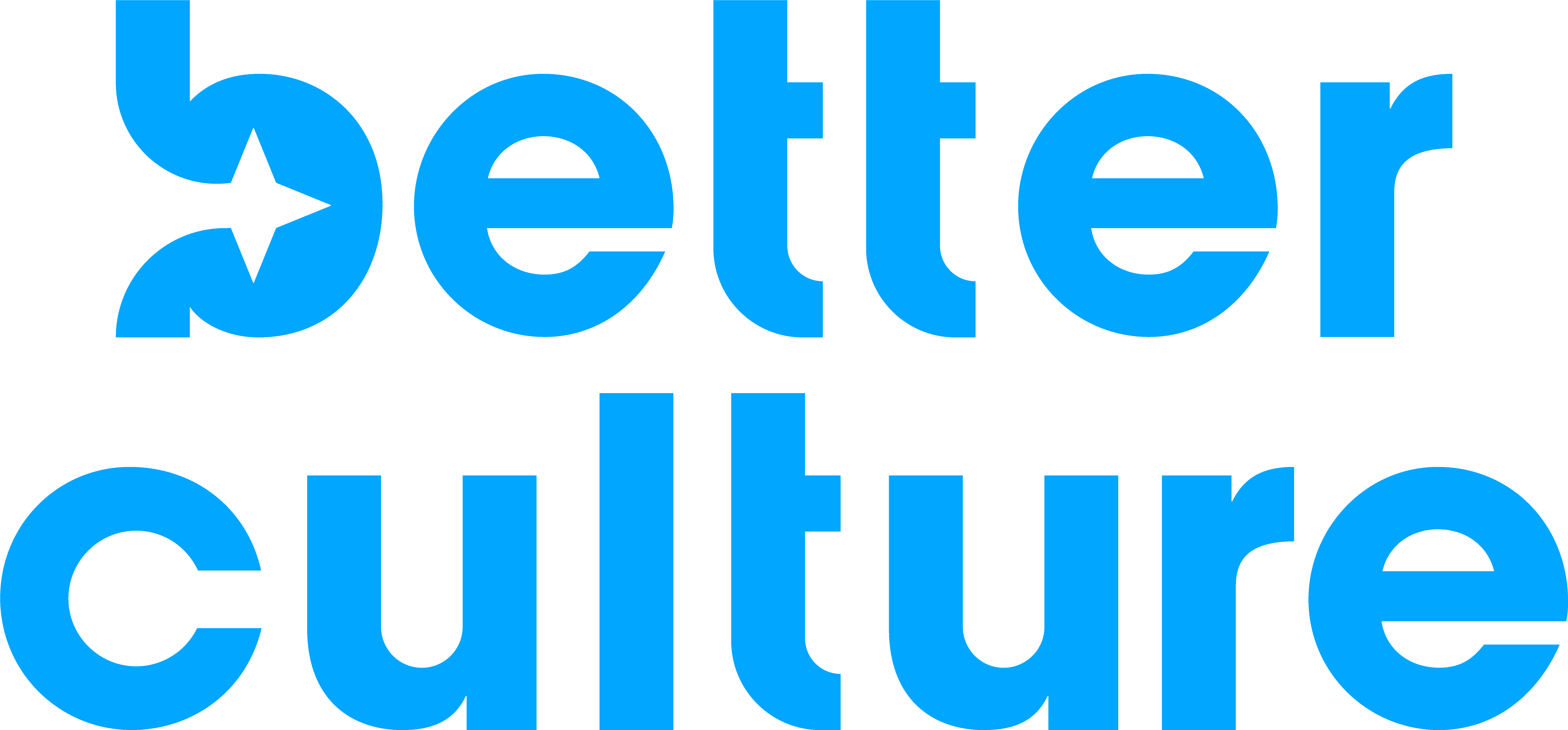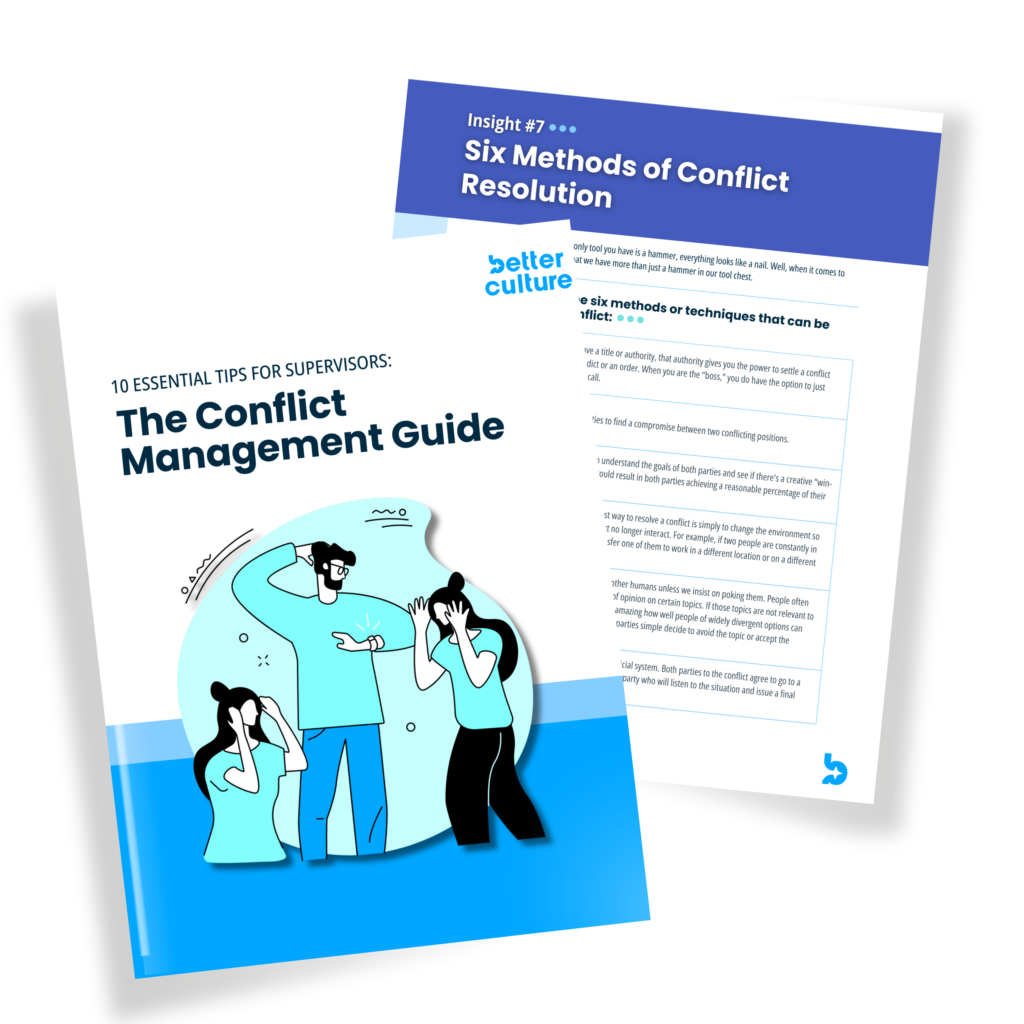Have you ever wondered what it takes for a long-term care provider to become the best place to work in the region? Our recent webinar, “A Look Behind the Curtain: How One Long-Term Care Provider Became a Best Place to Work,” peeled back the layers to reveal the strategic initiatives, innovative practices, and unwavering commitment that propelled QLI to the forefront of workplace excellence. Our panelists, Dr. Kim Hoogeveen, Patricia Kearns, and Amy Johnson had some enlightening takeaways captured below.
Takeaway #1: Crafting a Clear Vision for Culture
Creating a thriving workplace culture begins with a clear vision. Spending time articulating attitudinal and behavioral expectations, from leadership down to every team member, is crucial. Dr. Hoogeveen’s Seven Principles of Leadership©, born from insights gathered from successful business leaders, provide a solid foundation. These principles, listed below, are the bedrock foundation used to propel QLI’s workplace dynamics.
The seven principles QLI of leadership are:
- Leaders maintain a never-ending focus on mission, culture, and the pursuit of excellence.
- Leaders create an environment where staff feel proud of their company – and know that their company is proud of them.
- Leaders work hard to help staff be successful at work and in life.
- Leaders protect the right of good staff to work with good staff.
- Leaders encourage and promote open discussion and analysis as a predicate to decision making.
- Leaders deal effectively with conflict.
- Leaders encourage others to enjoy their work.
Takeaway #2: Balancing Culture and Business Success
Building and protecting a great culture is one of those rare opportunities that comes along where we can have our cake and eat it too. A positive culture yields benefits such as increased customer satisfaction, innovation, and revenue, coupled with reductions in turnover, errors, and insurance costs. We don’t have to choose between a great culture and a profitable enterprise – those two objectives go hand in glove!
But, if culture is obviously so important and such a valuable asset with respect to business success, why do we so frequently see a gap between the culture leaders claim to want and the culture they actually have? BetterCulture has identified the four most common reasons below:
- Companies often don’t know how to build an outstanding culture.
- Companies think they know how to build a great culture when in fact they don’t.
- Companies think their culture is much healthier than it is.
- Leaders don’t really want it enough to put in the work.
Takeaway #3: The Supervisor’s Role in Shaping Culture
Supervisors play a pivotal role in shaping the culture of an organization. One aspirational goal that the panelists suggested you embrace is to give every employee the opportunity to report to an outstanding supervisor. Step one of this foundational objective is to carefully select who you promote into a supervisory position. One subjective evaluation tool suggested is to reflect on whether you’d be enthused to know that your child would be reporting to that potential supervisor; any hesitation should
trigger a reconsideration of the promotion decision. Step two is to then invest in your front-line supervisors by providing them with high-quality leadership training.
Another key takeaway in shaping culture was navigating the battle between what BetterCulture terms as your “stars” and your “vacuums.” Understanding the impact of these two extremes on your culture and on the people in the middle is crucial. Stars pull others up, while Vacuums drag them down. Leaders need to take what are often small, subtle actions to tilt the world in favor of the stars, enhancing their influence within the organization and impact on their colleagues.
Takeaway #4: Genuinely Supporting Staff Success
Commitment to staff success, both at work and in life, stands out as a key differentiator for a company’s culture. The “linkage”technique that Dr. Hoogeveen discussed, connecting employees facing challenges or opportunities with relevant resources, fosters a supportive environment. For
example, if a staff member is considering the process of adoption, and the leader knows another staff member in another part of the company recently completed that process, the leader simply introduces the two individuals with a suggestion that, “Mary, I think you might enjoy meeting Jane and benefit from
hearing a bit about her experience over the last couple of years as they were adopting a son.” You can also link your employees to necessary resources beyond the employee base, particularly when they are facing a difficult or stressful situation. Good leaders understand reciprocity: if the company wants employees to show up when they are needed most, then the company must be there for their employees when they are facing a challenge.
Takeaway #5: The Power of Positive Recruitment
A significant insight was the profound influence of outstanding recruiting experiences on a company’s standing and its capacity to draw in high-caliber talent. Recognizing this is essential for companies aspiring to cultivate and sustain a positive image.
The perception that granting an interview is a favor to the candidate is long outdated. At QLI, the objective is clear: ensure every interaction with a potential hire is exceptionally positive, starting from the initial contact through day one on the job. When you can openly feature a fantastic work culture in the recruitment process, it creates the opportunity to generate in every applicant a strong desire to work for the company.
Conclusion
Outstanding companies are relentless in their pursuit of continuous improvement. The takeaways above are meant to act as a guide in your journey towards workplace excellence. Relive these profound insights and gain many more actionable strategies, by watching the full webinar here.



